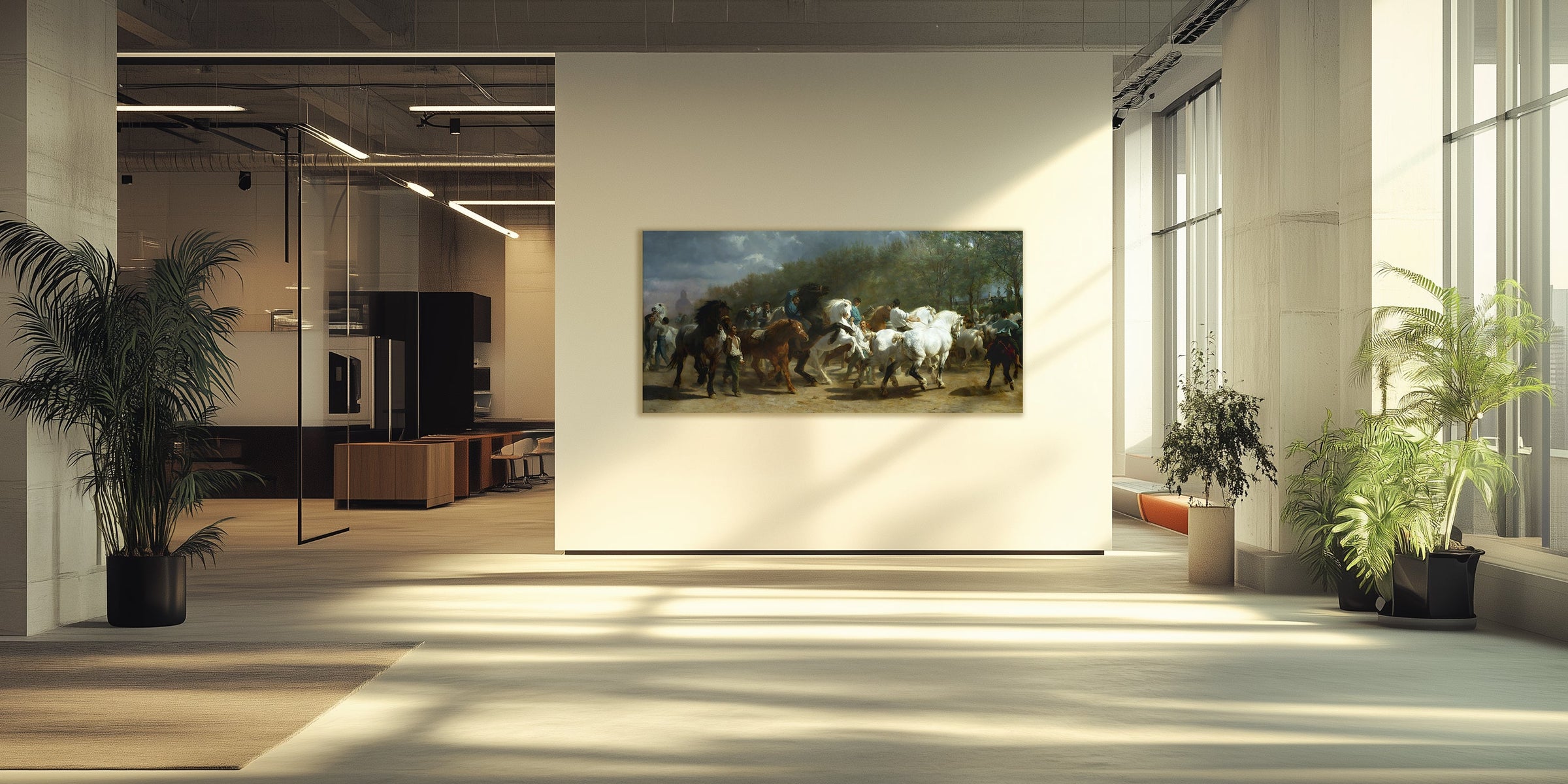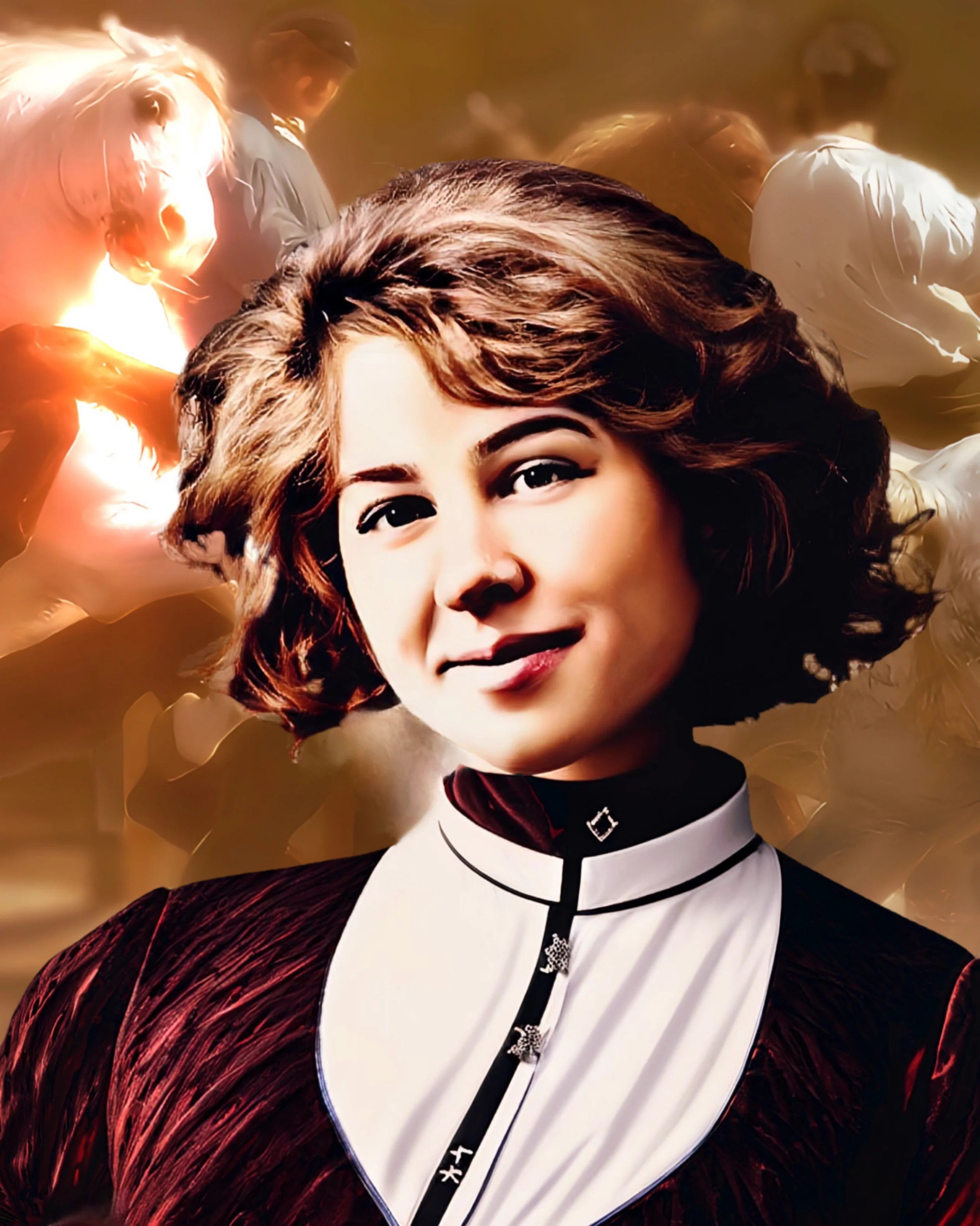
Rosa Bonheur

Marie-Rosalie Bonheur, born in 1822 in Bordeaux, was the eldest of four siblings and a prominent French painter known for her specialization in animal painting.
Her father left his wife and four children to live in a kind of social experiment, in the 'Saint-Simonian' community in Ménilmontant, in pursuit of this new ideology that dazzled him. During this dramatic time, Sophie Bonheur worked as a seamstress to try to feed and clothe her brood. Finally, Rosa Bonheur's mother, Sophie Marquis Bonheur, died in 1833 of tuberculosis when Rosa was about eleven years old. The early death of her mother had a significant impact on the family, prompting her father's return home. Raymond Bonheur managed to send his children Isidore, Raymond, and Juliette Bonheur to a boarding school in Paris, thus becoming the main artistic mentor and caretaker of Rosa. The loss of her mother deeply affected Rosa in her life and her relationship with her father, marking a strong period of economic and emotional difficulties for the family.
Influenced by realism, her work was characterized by meticulous attention to detail and a precise representation of nature. Her father, Raimond Bonheur, was also a painter and introduced her to the world of art at an early age. Bonheur's most famous painting, "The Horse Fair", exhibited in 1853, consolidated her international reputation. This painting reflects the influence of the realist movement, led by artists like Gustave Courbet, and is notable for its monumental size and the anatomical precision of the horses.
Rosa Bonheur influenced later painters of the animalist movement, such as Sir Edwin Landseer and Théodore Géricault. Her dedication to animal painting and her ability to capture their essence inspired generations of artists.
